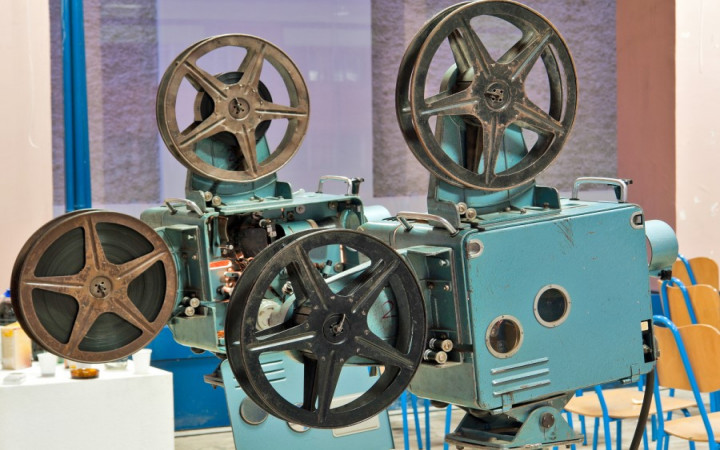Isn't it fun to go to the movies? In addition to getting to munch on a big bucket of delicious buttery popcorn, there's nothing quite like seeing your favorite movie stars light up the silver screen.
Today, movie theaters offer such a unique movie-going experience. Watching a movie on a screen 100 times bigger than your average television blows most viewers away. If you get the chance to see a movie in 3-D, it's even more awesome, since the action seems to jump right off the screen at you.
We take a lot of the technology behind movies for granted. After all, most of us have grown up in a world in which special effects in movies have always existed. Seeing a talking dog in a movie? No big deal! We see them all the time!
Movie technology hasn't always been as awesome as it is today, though. If you look back at the history of movies, you'll realize that the first movies didn't even have sound! It might be hard for you to imagine enjoying a movie without sound, but the first movies were revolutionary.
Think about it. You're living over 100 years ago during a time when photographs aren't very common. To take a photograph, you need very expensive, specialized equipment. Now try to imagine seeing that photograph come to life and actually move! The concept of moving pictures was hard for many people to wrap their minds around.
Several pioneers of photography technology began experimenting in the late 19th century. It took a while to develop even the most basic techniques that would make a picture appear to move. The first moving picture was a novelty that wasn't even intended to entertain. Instead, it was created to answer a scientific question.
In 1878, Englishman Eadweard Muybridge created a brief moving picture known as The Horse In Motion. California senator Leland Stanford, who was also a railroad tycoon, racehorse owner, and eventual founder of Stanford University, asked Muybridge to use technology to settle a question debated by horse owners: when a horse runs, does it ever have all four hooves off the ground at the same time?
Muybridge used multiple cameras to film a horse in motion. He then took the separate photographs and assembled them into a stop-motion movie that proved conclusively that the answer to Stanford's question was yes, when a horse runs, there is a split-second during which all four hooves are off the ground simultaneously.
Most of the early movies that followed Muybridge's brief demonstration of what could be achieved by motion-picture technology were short, silent films. Many were just a few seconds long. The earliest movies created for entertainment were just a few minutes long.
Over the next few decades, motion-picture technology grew by leaps and bounds with the invention of the first motion-picture cameras. As technology improved, film production companies began to make movies and business people began to open cinemas to show the films.
In the 1920s, film production companies began to add sound to films. In 1927, The Jazz Singer became the first full-length feature film to feature dialog synchronized with the picture to create a true “talking" film.




